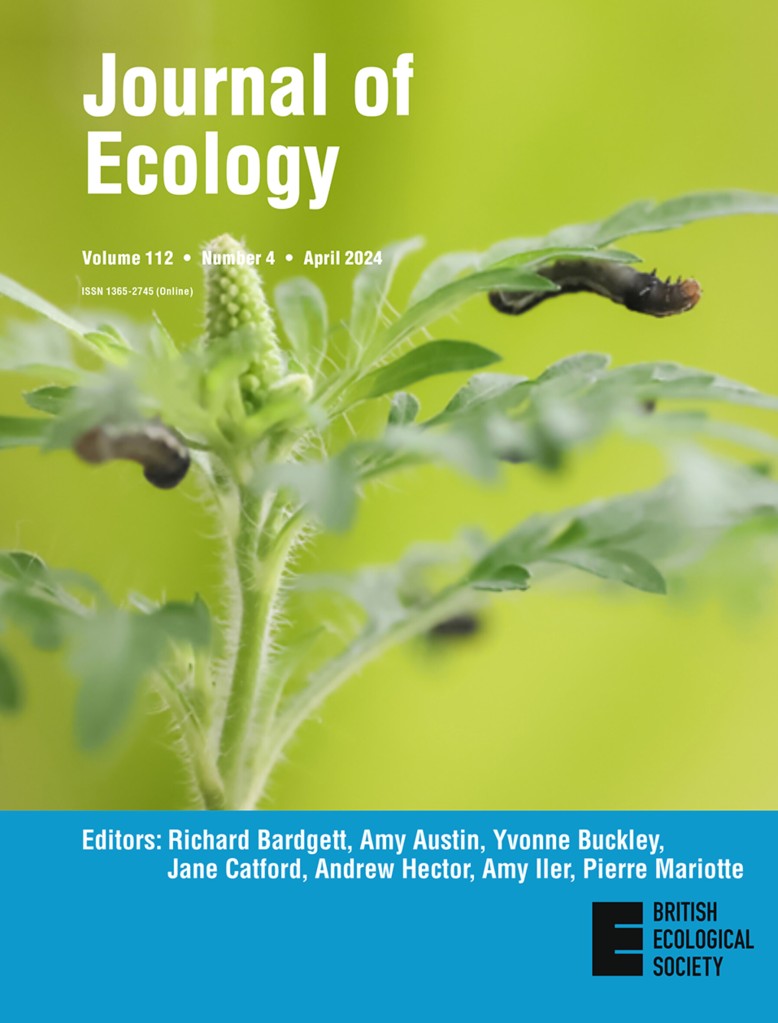The cover image for our April issue shows insect herbivores feeding on a ragweed plant. The image relates to the article ‘Foliar herbivory-enhanced mycorrhization is associated with increased levels of lipids in root and root exudates’, by Zhenlong Xing et al. Here, Zhenlong tells us the story behind the image:
Insect herbivores, terrestrial plants, and arbuscular mycorrhizal fungi (AMF) have been interacting since their origins (ca. 400 million years ago). For a long time, aboveground plant-insect interactions and belowground plant-AMF interactions were considered separately. However, during the last few decades, we have seen an explosion in above- and belowground ecology because soil ecologists, plant ecologists and entomologists work closely in this area. As a consequence, studies of aboveground plant-insect interactions are going belowground too.

I’ve been interested in insect herbivores since my childhood in the 1990s, when I grew up in a traditional farming family in China. I often dealt with insect pests after school in the crop growing season, including manually removing the pests and spraying insecticides. I enjoyed participating in farming activities together with my family members in our gardens and those good memories are always with me. Hence, I chose entomology as my major after graduation from high school. I started my research career on migratory insect pests at Penglai Island when I was a masters student. On the island, I saw an incredible biodiversity of herbivorous insects, most of them lepidopterans with their larvae feeding on plants.

Several years after I got my PhD, I went back to my hometown and my studies went “belowground” at Prof. Jianqing Ding’s lab. Above- and below-ground interactions is one of the major interests in this lab. I was lucky enough to study the ancient and fascinating relationship between insect herbivores and AMF. Using common ragweed and common leafworm as the model (the cover image), we explored how leaf herbivory affects root AMF. It’s great to go “belowground” in our lab because I have colleagues ranging from plant physiologists, soil microbial ecologists, entomologists, to molecular biologists.
Although we have made some progress, there are more challenges to study the unseen world from above- to below-ground. For example, how do aboveground damage signals help plants communicate with belowground AMF symbiosis signals? Will these signals affect plant neighbors through common mycorrhizal networks? It is just fascinating to go “belowground” and to explore the world beneath our feet, and it is more fascinating to dissect the unknown linkages between the above- and below-ground world.

